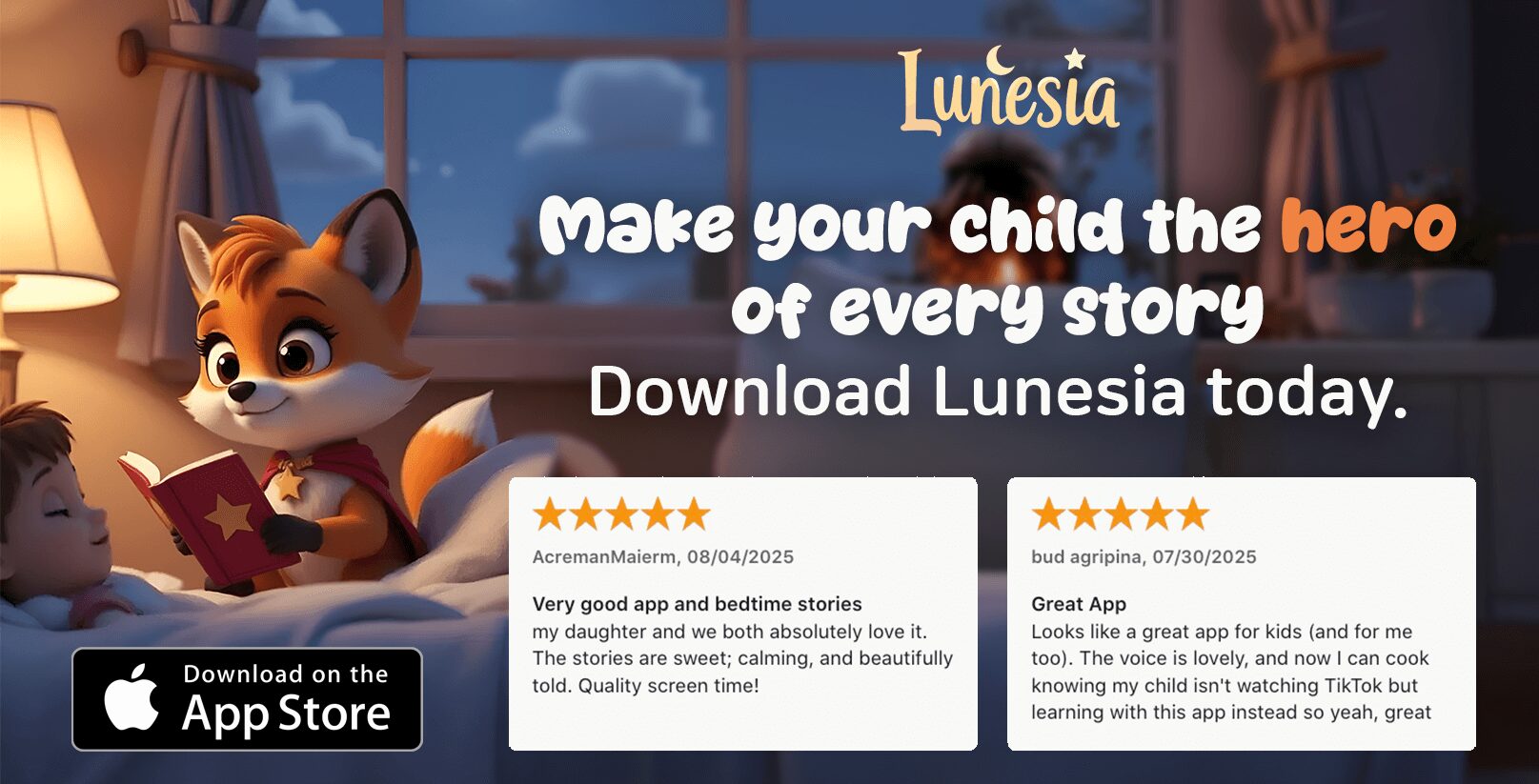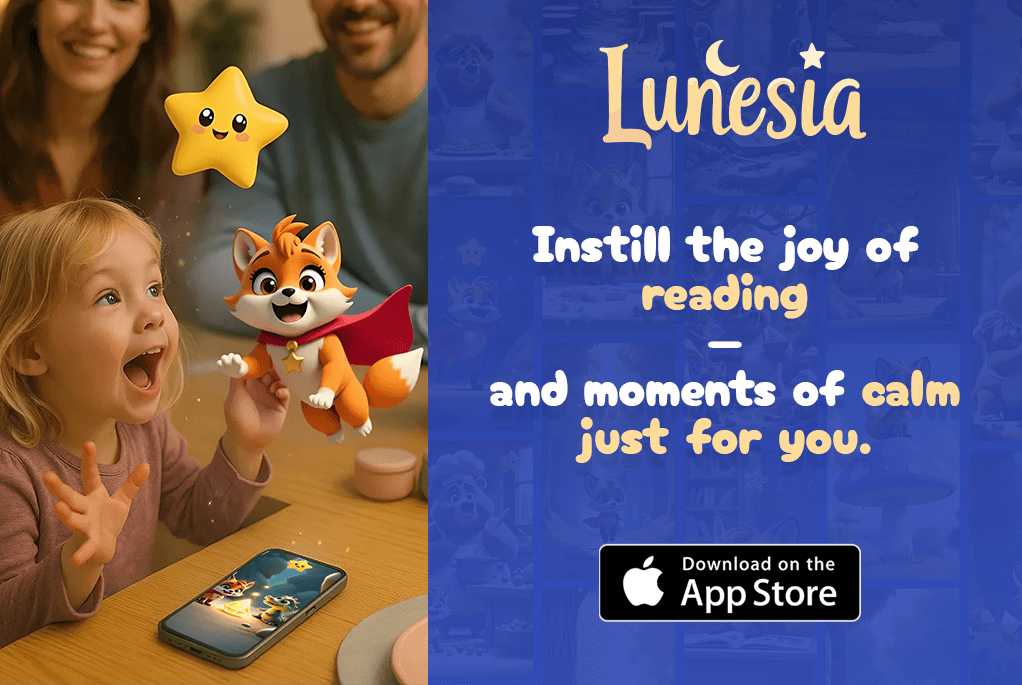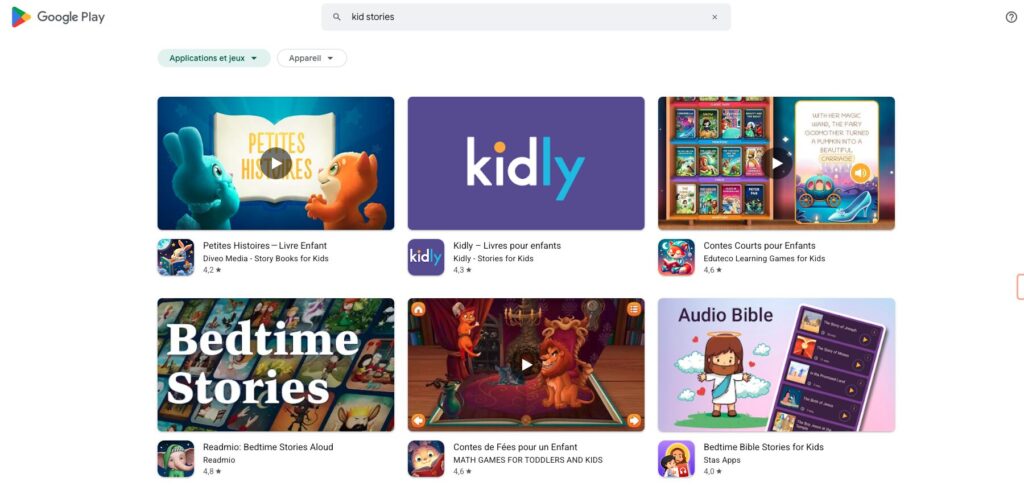Remember those cozy nights when your parent sat by your side, reading a story that whisked you away to magical lands? Those moments weren’t just about the tale—they were about connection, warmth, and the soothing rhythm of a familiar voice. Today, the question arises: should these cherished moments be led by a parent or handed over to modern solutions?
For many families, the answer isn’t simple. While traditional storytelling fosters a deep bond between parent and child, busy schedules often make it challenging to carve out that special time. On the other hand, tools like Moshi offer a library of audio stories, meditations, and calming sounds designed to help kids fall asleep effortlessly.
This article dives into the heart of this debate. We’ll explore the benefits of a parent’s voice, the convenience of modern tools, and how both can play a role in creating a peaceful sleep routine for your child. Let’s find the balance that works best for your family.
Understanding the Impact of Bedtime Stories on Children’s Sleep
There’s something magical about a parent’s voice as it guides a child into dreamland. That familiar tone creates a sense of safety and comfort, making it easier for kids to relax and drift off. Research from the National Sleep Foundation shows that calming pre-sleep routines, like reading a bedtime story, significantly improve sleep quality.
Benefits of Traditional Parent-Led Storytelling
When a parent reads a story, it’s more than just words. It’s a bonding experience that builds trust and emotional connection. Studies suggest that this routine helps children feel secure, reducing nighttime anxieties. A parent’s voice also soothes the mind, making it easier for kids to fall asleep.
Beyond emotional benefits, storytelling enhances cognitive development. Kids exposed to regular bedtime stories often show improved language skills and better emotional regulation. These moments also encourage open conversations, allowing children to express their thoughts and feelings.
How Stories Enhance Memory and Behavior in Kids
Listening to a story stimulates the brain, improving memory retention and focus. Characters and plots teach valuable life lessons, such as kindness and problem-solving. This not only boosts creativity but also helps children develop empathy and critical thinking skills.
For example, stories with moral lessons can shape a child’s behavior. When kids hear about characters overcoming challenges, they learn resilience and courage. These narratives also introduce new vocabulary, expanding their language abilities.
| Benefit | Description |
|---|---|
| Emotional Bonding | Strengthens the parent-child relationship through shared moments. |
| Improved Sleep | Calms the mind, making it easier for kids to fall asleep. |
| Language Development | Introduces new words and sentence structures. |
| Behavioral Growth | Teaches moral lessons and problem-solving skills. |
Incorporating a bedtime story into your child’s nightly routine can create lasting memories. It’s a simple yet powerful way to nurture their emotional and intellectual growth while ensuring a peaceful night’s sleep.
The Rise of Digital Bedtime Stories Apps
Modern tools are reshaping the way families approach nightly routines, offering new ways to create calm and connection. These innovative solutions combine technology with creativity, providing a fresh take on an age-old tradition. Whether it’s through soothing soundscapes or interactive narratives, these tools are designed to help children relax and prepare for a restful night.

What Are Modern Storytelling Tools?
Modern storytelling tools are platforms that use audio, music, and interactive features to engage children. Unlike traditional methods, these tools often include guided meditations, calming soundscapes, and a variety of narratives to choose from. They are designed to be user-friendly, making it easy for parents to incorporate them into their nightly routines.
One of the standout features is the ability to customize the experience. Parents can select stories based on their child’s interests or mood, ensuring a personalized touch. Additionally, these tools often come with subscription options, offering access to a vast library of content.
The Transition from Analog to Digital Storytelling
The shift from analog to digital storytelling has been gradual but impactful. While traditional methods rely on a parent’s voice and physical books, modern tools leverage technology to enhance the experience. For example, apps like Moshi offer a mix of audio stories, calming music, and guided meditations to help children unwind.
This transition has also brought consistency to nightly routines. Busy parents can rely on these tools to provide a reliable and engaging experience, even when time is limited. The variety of content ensures that children remain interested, while the soothing elements promote relaxation.
| Feature | Benefit |
|---|---|
| Interactive Storytelling | Engages children with dynamic narratives and sound effects. |
| Guided Meditations | Helps kids relax and focus, promoting better sleep. |
| Soothing Soundscapes | Creates a calming environment for bedtime. |
| Customizable Content | Allows parents to tailor the experience to their child’s needs. |
These tools are not just about convenience; they’re about enhancing the bedtime experience. By combining technology with creativity, they offer a modern solution that complements traditional methods. Whether you’re a busy parent or simply looking for new ways to connect with your child, these tools provide a valuable addition to your nightly routine.
Comparing Parents vs. Digital: Who Should Tell Bedtime Stories?
Choosing who tells the nightly tale can shape a child’s experience in profound ways. Whether it’s a parent’s voice or a modern tool, each method has its unique strengths and challenges. Let’s explore the pros and cons of both approaches to help you decide what works best for your family.
Pros and Cons of Parent-Led Storytelling
There’s no substitute for the warmth and connection of a parent’s voice. When you read to your child, it’s more than just a story—it’s a moment of bonding. Research shows that children feel more secure and relaxed when a parent reads to them, which can improve their sleep quality.
However, parent-led storytelling isn’t always consistent. Busy schedules can make it hard to carve out time every night. Additionally, not all parents feel confident in their storytelling skills, which can lead to frustration.
Advantages of Using Modern Storytelling Tools
Modern tools offer convenience and variety. With a library of narratives, soothing music, and guided meditations, these tools can create a consistent and engaging experience. They’re especially helpful for parents who may not always be available to read.
On the flip side, some parents worry about screen time and the lack of personal interaction. While these tools are effective, they can’t replicate the emotional depth of a parent’s voice.
| Method | Pros | Cons |
|---|---|---|
| Parent-Led | Emotional bonding, adaptability, and warmth. | Inconsistent availability, potential frustration. |
| Modern Tools | Convenience, variety, and consistency. | Lacks personal touch, screen-time concerns. |
Ultimately, the choice depends on your child’s needs and your family’s lifestyle. Both methods have their place, and combining them can create a balanced routine that nurtures your child’s emotional and intellectual growth.
Top Digital Bedtime Stories Apps: A Product Roundup
In today’s fast-paced world, finding the right tools to help kids relax at night can be a game-changer. Whether you’re looking for soothing narratives or calming soundscapes, these apps offer a variety of features to make bedtime routines smoother and more enjoyable.
Key App Features and Offerings
Moshi stands out with its library of over 400 audio stories, meditations, and interactive games. It’s designed to help children fall asleep effortlessly while engaging their imagination. Calm, on the other hand, offers a collection of 100+ Sleep Stories, including classics like The Velveteen Rabbit, narrated by notable figures such as Matthew McConaughey.
Headspace provides a unique blend of guided meditations and sleep-focused content. Its annual subscription is priced at $94.99, making it a premium choice for families. Each app offers a free trial, allowing parents to explore the features before committing.
User Reviews and Success Stories
Parents have shared how these tools have transformed their nightly routines. One user said, “Moshi has been a lifesaver for my 6-year-old. The stories are engaging, and the calming sounds help her drift off in minutes.” Another parent praised Calm, stating, “The Sleep Stories are beautifully narrated, and my child looks forward to bedtime every night.”
These apps not only improve sleep quality but also create a sense of consistency in busy households. With features like soothing soundscapes and customizable content, they cater to a wide range of preferences.
| App | Key Features | User Rating |
|---|---|---|
| Moshi | 400+ audio stories, meditations, games | 4.8/5 |
| Calm | 100+ Sleep Stories, guided meditations | 4.7/5 |
| Headspace | Sleep-focused meditations, annual subscription | 4.6/5 |
Choosing the right app depends on your child’s needs and your family’s lifestyle. These tools offer a modern solution to create peaceful and memorable bedtime experiences.
App Features That Enhance Sleep and Soothing Routines
Creating a calming sleep environment for kids has never been easier, thanks to innovative tools that blend technology with relaxation techniques. These platforms offer a variety of features designed to help children unwind and drift off peacefully. Let’s explore how these tools integrate guided meditations, soothing sounds, and memory-enhancing activities to create a balanced nighttime routine.

Integrating Guided Meditations and Sleep Sounds
One of the standout features of modern tools is their ability to combine guided meditations with ambient soundscapes. For example, Moshi offers a library of audio stories paired with calming music, helping kids relax and focus. These meditations are designed to reduce anxiety and prepare the mind for restful sleep.
Another key feature is the integration of background audio tracks. These sounds, like gentle rain or ocean waves, create a soothing environment that encourages relaxation. Parents can adjust the volume of narration versus ambient sounds, ensuring a personalized experience for their child.
Real user feedback highlights the effectiveness of these features. One parent shared, “The guided meditations on Moshi have been a game-changer for my son. He falls asleep faster and stays calm throughout the night.”
Memory Games and Meditative Practices
Beyond relaxation, these tools also include activities that enhance memory and focus. For instance, some platforms offer memory games that engage kids while promoting cognitive development. These games are designed to be calming, making them a perfect addition to the nighttime routine.
Meditative practices, such as breathing exercises, further enrich the experience. These techniques teach kids how to manage stress and improve their emotional well-being. By incorporating these practices, parents can create a holistic approach to sleep and relaxation.
With features like adjustable audio, guided meditations, and memory-enhancing activities, these tools provide a comprehensive solution for families. They not only promote a peaceful bedtime environment but also support a child’s overall development.
Balancing Technology with Parental Involvement in Bedtime Routines
Finding the right balance between technology and personal connection can make bedtime routines more effective and meaningful. While a parent’s voice brings warmth and emotional bonding, modern tools offer consistency and variety. The key is knowing when to rely on each method to create a peaceful and engaging experience for your child.
When to Use Digital Apps and When to Rely on Parents
There are moments when a story app can be a lifesaver. For instance, when you’re pressed for time or need a consistent routine, these tools provide a library of audio stories and calming sounds. One parent shared, “Using an app like Moshi has been a game-changer for my daughter. She falls asleep faster and stays calm throughout the night.”
However, nothing replaces the warmth of a parent’s voice. Reading a story together fosters emotional connection and trust. It’s also a great way to introduce new vocabulary and discuss moral lessons. As another parent noted, “My son loves when I read to him. It’s our special time to bond and talk about his day.”
Combining both methods can yield the best results. For example, you can use a guided meditation from an app to help your kid relax, followed by a short story read by you. This approach ensures consistency while maintaining the personal touch that only a parent can provide.
Strategies for a Balanced Approach
Here are some practical tips to integrate technology with parental involvement:
- Use a free trial to explore different apps and find one that suits your child’s preferences.
- Set aside specific nights for parent-led storytelling, creating a mix of consistency and personal connection.
- Incorporate calming sounds or music from an app to create a soothing environment before reading together.
- Encourage your child to choose a story from the app, then discuss it together to enhance comprehension and bonding.
Flexibility is key. Every child is different, and their needs may change over time. By adapting your approach, you can create a bedtime routine that nurtures both emotional connection and sleep quality.
Ultimately, both methods can coexist harmoniously. Whether it’s the soothing sounds of an app or the comforting voice of a parent, the goal is to create a calming and effective bedtime routine that works for your family.
Conclusion
Creating a peaceful nighttime routine for your child doesn’t have to be a one-size-fits-all approach. Whether you choose to read a story yourself or use an audio tool, both methods offer unique benefits. A parent’s voice fosters emotional connection, while modern solutions provide consistency and variety.
Tailoring the routine to your kid’s needs is key. For some, a mix of both approaches works best. You might use a soothing story from an app to help them fall asleep, followed by a short reading session together. This balance ensures both connection and relaxation.
Ultimately, the goal is to create a calming environment that supports your child’s sleep and emotional well-being. Reflect on what works for your family and experiment with different methods. With thoughtful planning, you can transform nighttime into a nurturing and restful experience.
FAQ
Who should tell bedtime stories, parents or apps?
Both have their place. Parents bring warmth and personal connection, while apps offer convenience and variety. The best approach is a balance between the two.
How do bedtime stories improve children’s sleep?
Stories help kids relax, reduce anxiety, and create a calming routine. They also stimulate imagination and prepare the mind for restful sleep.
What are the benefits of parent-led storytelling?
Parent-led storytelling strengthens bonds, encourages language development, and allows for tailored stories that resonate with your child’s interests.
What are digital bedtime story apps?
These apps provide narrated stories, often with soothing sounds or music, to help children fall asleep. They’re a modern tool for bedtime routines.
What features should I look for in a bedtime story app?
Look for apps with a diverse library, calming narration, sleep sounds, and options for guided meditations. Free trials are also a great way to test before committing.
Can apps replace parents in bedtime routines?
Apps can supplement but not replace parental involvement. Kids still benefit from the emotional connection and personal touch of a parent’s voice.
How do I balance technology with traditional storytelling?
Use apps on busy nights or as a backup, but prioritize parent-led storytelling when possible. This ensures a healthy mix of technology and personal interaction.
Are there apps that include guided meditations for kids?
Yes, many apps now offer guided meditations alongside stories to help children relax and fall asleep more easily.




